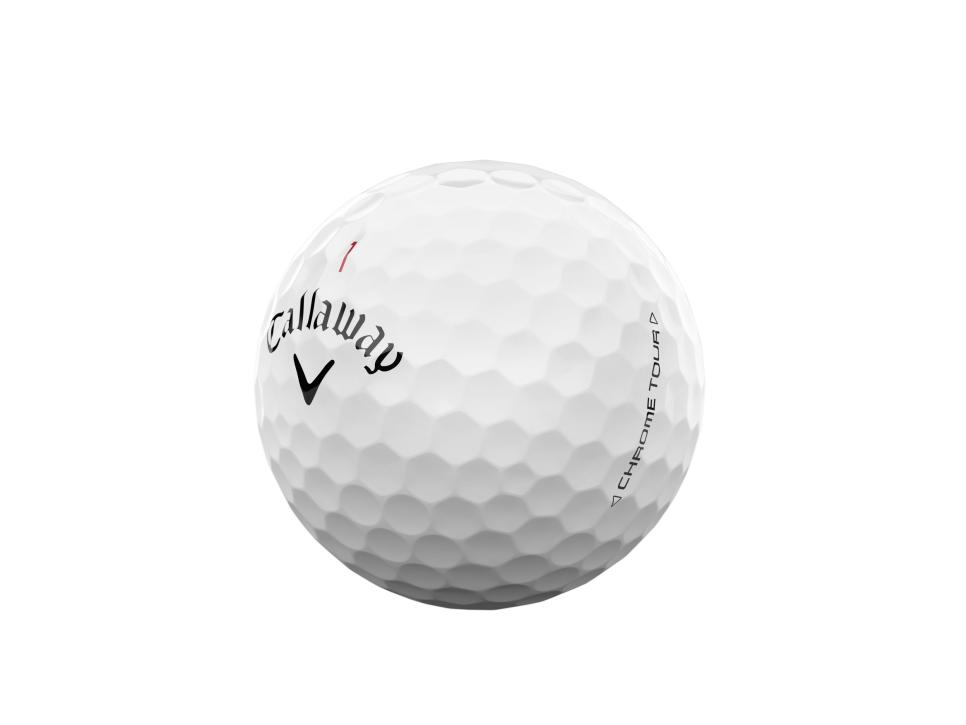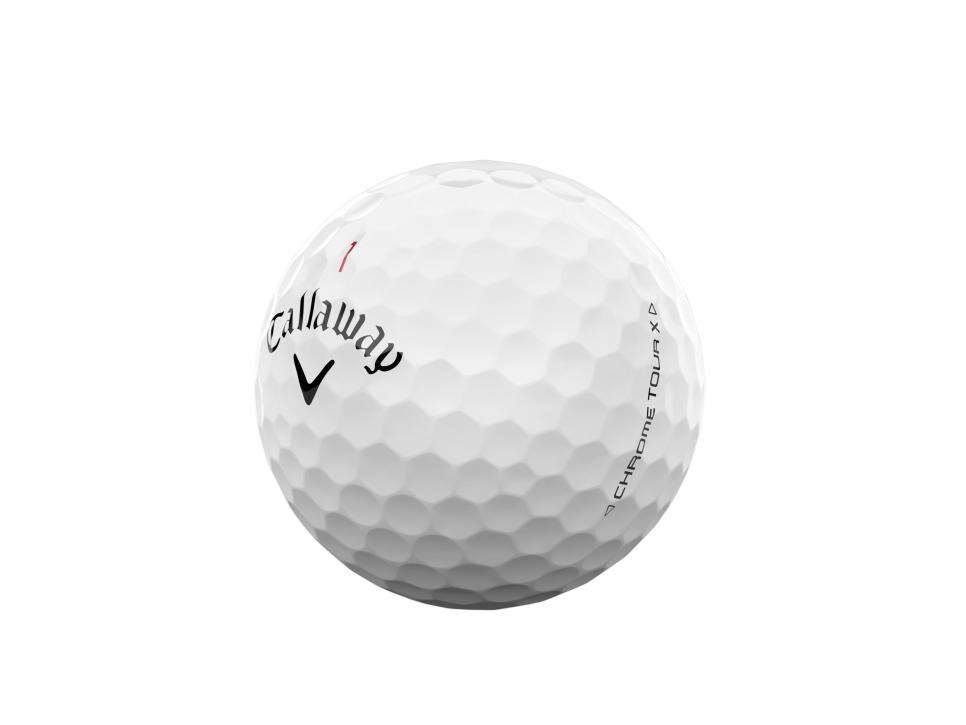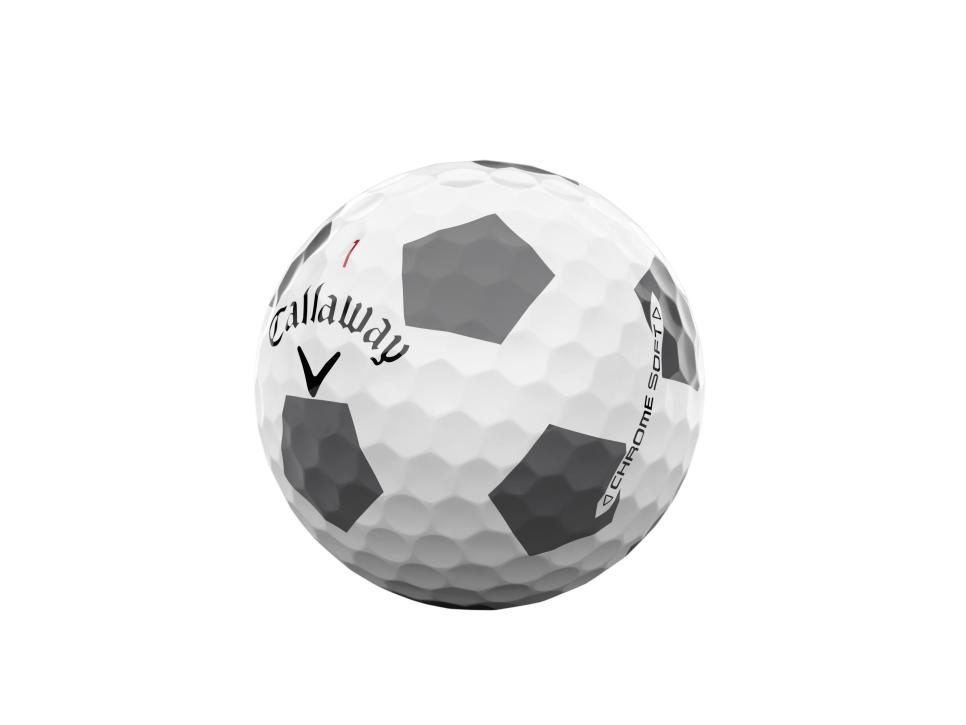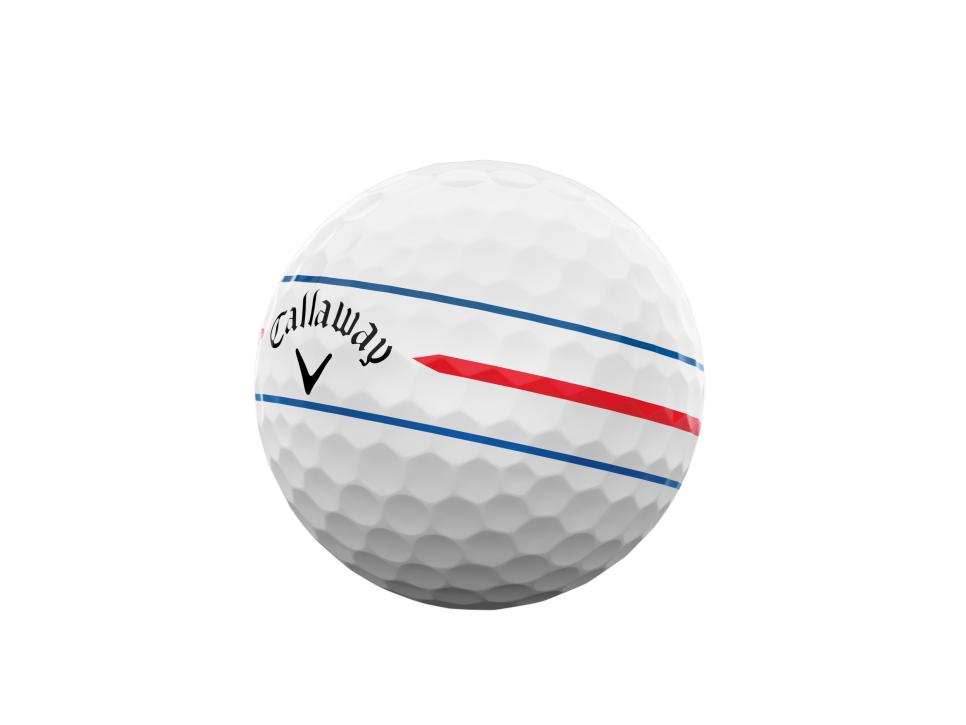WHAT YOU NEED TO KNOW: Callaway’s three new tour-level balls – Chrome Tour, Chrome Tour X and Chrome Soft – reveal new strides in speed thanks to an improved core formula, and in aerodynamics thanks to a new dimple pattern. The latter mixes the company’s trademark hexagonal and pentagonal shapes with spherical dimples to increase stability in flight. The Chrome Tour (“a softer, more penetrating version of Chrome Soft X”) and Tour X (the fastest ball in the line-up with the most greenside spin) target elite players, while the Chrome Soft provides the proven softer feel of the company’s most popular model with higher flight and longer total distance for what Callaway’s team calls “the aspirational player looking for a tour-quality ball”.

PRICE: $94.99 ($NZ109.99) per dozen, in white and yellow, as well as Truvis, Triple Track and TruTrack optical alignment graphics. In stores February 2.
3 COOL THINGS
1. Speed test. You can have the grandest, most sophisticated plans for stretching golf ball technology, but unless you start with speed in the middle of the golf ball, the core, you will not be able to maximise distance. All three balls in the Chrome family feature a fundamentally different rubber system than past Chrome Soft balls to maximise resilience, said Eric Loper, Callaway’s senior director of golf ball research and development.

“The entire golf ball is compressed, every layer contributes to the performance of the golf ball on every shot,” he said. “If you hit a 6-iron or even a full pitching wedge, you would see around the same amount of deformation or deflection. The core is a primary component to how the golf ball is going to perform. It enables us to manage spin rates through the bag, it changes the feel of the golf ball, but ultimately the core is designed to give us ball speed, particularly driver ball speed… We set out to make our core much faster than we have before, capitalising on what we’ve done in the past and building on that. We have a completely new rubber system where it’s a new base polymer that we’re using in combination with a variety of ingredients that give us the targeted compression and material properties that we’re seeking.”

2. The Hex and the Sphere. For more than two decades, Callaway’s golf balls have been instantly recognisable for their non-spherical dimples. Built with interlocking hexagonal and pentagonal shapes and originally labeled as “a tubular lattice network”, the idea behind the aerodynamic pattern was to create “100 percent surface coverage” for a more stable flight. For the first time since 2001, Callaway’s tour balls now will incorporate a series of spherical dimples along with the angular shapes because, well, because the mix of curved and straight dimples makes flight even more stable, Loper said. “By managing each dimple,” said, “it enables us to focus on the ball flight from start to finish, where the ball starts off fast but as it approaches the ground the speed has significantly decreased… We’ve ended up with model-specific patterns that maximise distance and improve stability over the entire ball flight, which the player will see in a variety of conditions.”
Loper said the research progressed through Callaway’s Topgolf driving range technology, utilising the company’s nine-camera Toptracer system. “This has helped us validate this performance downrange with over 10,000 shots to capture real world results, to ensure that this pattern is going to deliver the performance that we expect for the best players,” he said.

Chrome Soft Truvis
This process of aerodynamic surface coverage isn’t cocktail napkin-level doodling of course. It’s not even like a game of Tetris. Instead, Callaway’s team developed in-house computer analysis methods to measure the simulated air flow around the entire golf ball as it is spinning through the air. Through that work, they found a better idea than just hexagonal and pentagonal shapes, Loper said. Now, about 70 spherical shapes join the traditional shapes.

Chrome Soft TruTrack
“It’s not so much about circular vs hex, in general, but more about strategic use of circular dimple properties vs hex dimple properties. There are slight differences that can be exploited depending on the pattern,” Loper told Golf Digest. “Callaway’s hexagonal geometry does an excellent job of increasing our packing density (coverage) over the surface of the ball which enables us to decrease the depths and provide decreased drag. We discovered that by replacing the shallowest geometries (hex) with deeper circular dimples we were more effective at generating turbulence in certain conditions that led to improved stability.”
Those dimples line up across a softer urethane cover than past versions that works to produce better feel, better grab and more consistency, Loper said, including a tweak for lower full-shot spin.

Chrome Soft Triple Track 360
“We had to change the substructure to give us those low spin rates off the driver and irons,” he said. “By using a softer cover, it makes the ball feel softer which the best players have noticed after a few shots. They’ve noticed on the 15 to 20-yard shot the ball is going to launch lower and bite more than it has before. Even with an iron shot, if you have a better connection with the ball and the clubface where there is less slippage, you get more consistent launch conditions. So it does result in a reduction in variation from a launch perspective and from a downrange dispersion perspective.”
3. Triple play. While Callaway has had three balls in its tour-level line-up before, this family is different and not only in name. The Chrome Tour and Chrome Tour X balls are built for faster-swinging, above average-skilled players. Meanwhile, the Chrome Soft, which was once the only ball the company offered, is now going to be the ball that gives most golfers better greenside performance, higher flight and increased total driver distance even if they don’t have tour-level speed and consistency.
Chrome Tour and Chrome Tour X will see the most action among elite players. Chrome Tour X is essentially an upgrade of the Chrome Soft X with more speed through the new core formulation and more greenside spin thanks to a softer urethane cover. The Chrome Tour features the same ball speed boost from the core, with a slightly softer feel than the Chrome Tour X. It produces a more penetrating flight than its Chrome Soft X predecessor, and is modelled on a prototype version that has received some traction from tour players recently. “That prototype really highlighted a couple things for us,” Loper said. “Some players do value slightly softer feel around the green, and some players are seeking a ball flight that’s different than what we offered on Chrome Soft X, a slightly more penetrating ball flight that for them was more consistent into the wind.”



